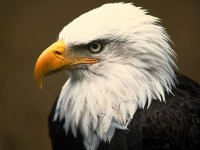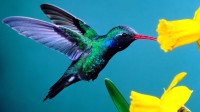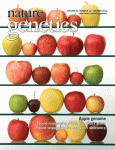The Shape of Life: Sponges – PBS (2002)
Evolutionarily, sponges are considered to be the oldest and most ancestral surviving species of the multicellular animal lineage going back to more than 750 million years ago. They are notorious filter feeders. Famous German zoologist Ernst Haeckel quite accurately illustrated many sponges as early as 1872. They have an extraordinary capacity to filter dissolved nutrients through a specialized group of cells called choanocyte. Encrusting sponge tissues are made of choanocytes forming canals that converge at the openings called oscula where […]







Recent Comments